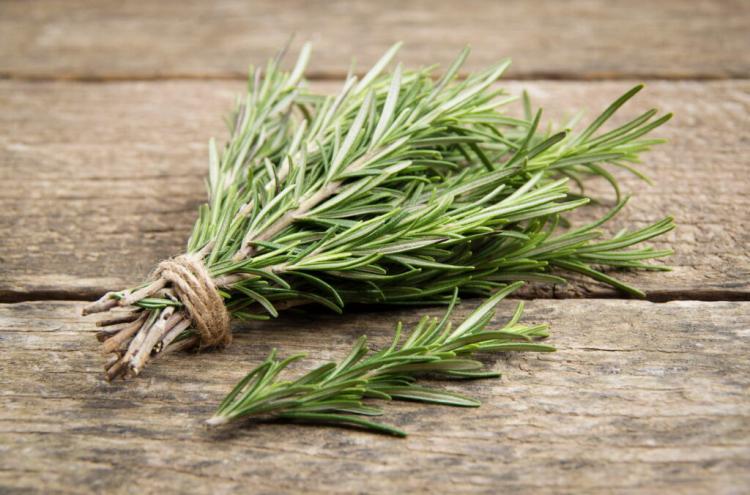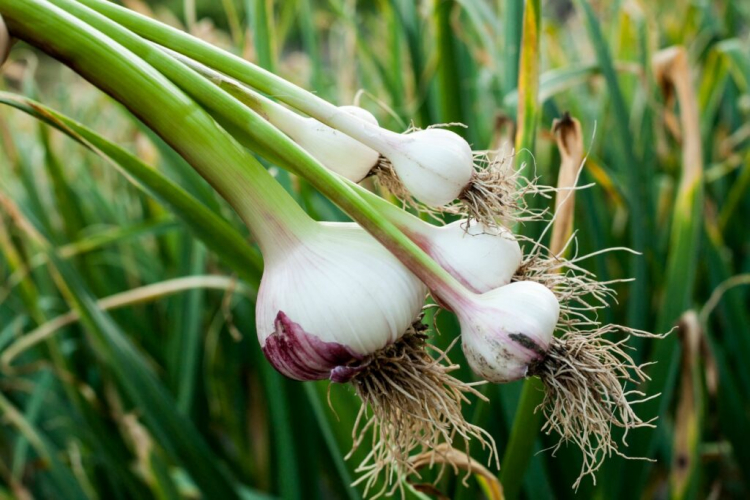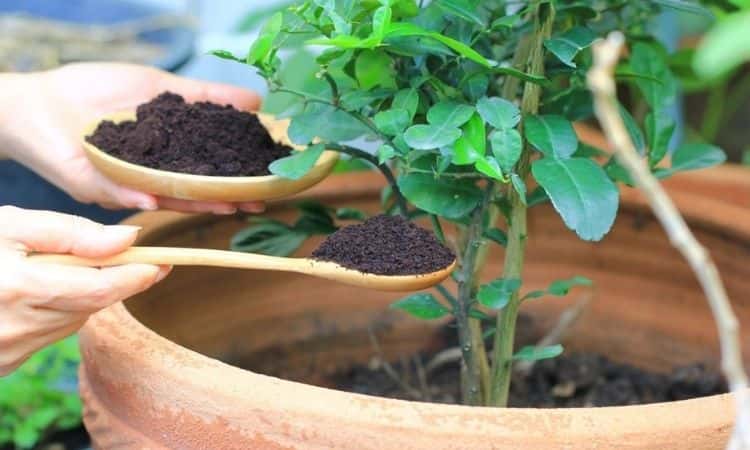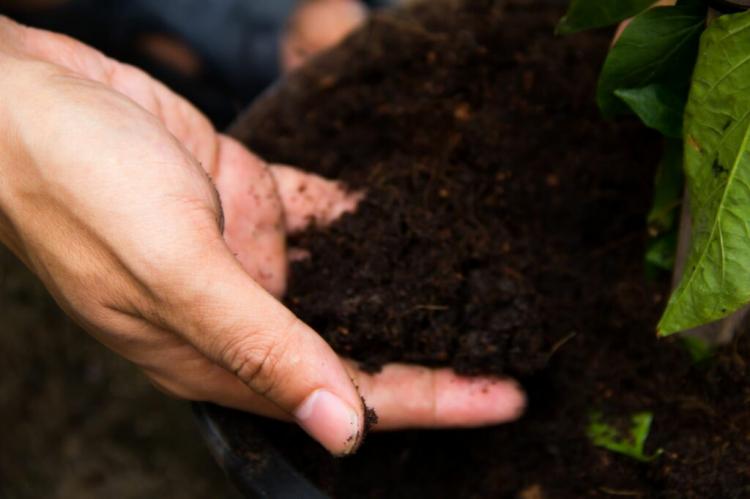10 Tips For Fresh Rosemary From Your Flower Bed
Strong, spicy, tasty – that’s how we know rosemary. In these ten tips, we explain how to grow your own supply of healthy spice.
Although rosemary comes from the south of Europe, the “frankincense herb” found its way into German cuisine as early as the Middle Ages. Since then, the aromatic shrub has pampered the USA palates and not only gives Mediterranean dishes that certain something. Find out here how you can easily plant rosemary in your own garden.
Tip 10: location and good neighborhood
Table of Contents
The rosemary likes the Mediterranean climate. Sunny, warm, and sheltered places are therefore entirely to his taste. Rosemary can hardly get too warm, but it does not tolerate the cold so well, which is why it is more suitable as a pot plant in frost-prone regions. He likes his soil dry and well-drained. If the soil is also stony and chalky, rosemary thrives particularly well. But the choice of your bed neighbors should also be considered: sage goes well with the green shrub and carrots and cabbage are also suitable. Rosemary is a particularly good neighbor with beans. The smell of rosemary drives away annoying pests and thus helps the beans to perform at their best.

Tip 9: small becomes big
The best way to propagate the rosemary is by cuttings. To do this, the approximately 10 cm long shoot tip of an already mature plant is simply cut off. The lower leaves of the plant are removed and the cutting is pressed about 5 cm into the ground. The earth should be moistened a little, a transparent foil bag over the pot ensures the right climate. As soon as strong roots and the first new leaves appear, the rosemary can take its new place in the bed or flower pot. However, sowing rosemary is not recommended. The seeds are very unreliable, only about 15% make it to the adult plant in the end.

Tip 8: Put it in the pot
Rosemary can thrive in your own garden. But it can also be easily grown in a pot. The advantage: The plant can be transported quickly if necessary (for example to overwinter) without the hassle of digging it out. When buying the bucket, you should make sure that the bucket is large enough and also has drainage holes. Rosemary is sensitive to waterlogging and, with increasing age, also to frequent repotting. As a substrate, you should use conventional potting soil and mix it generously with sand and clay, after all, the shrub prefers a humus-poor, mineral soil. A special herbal soil is also ideal.
You might so like: Vegetable Fertilizer: Properties, Benefits And Uses
Tip 7: Stay away from the fertilizer
Is fertilizer a must for good growth? Not with rosemary. The Mediterranean herb gets along very well without additional fertilizer, after all, the plant is adapted to the barren soil of the Mediterranean region. So too much fertilizer is more of a waste of time and money. Only in spring can you help the plant with a little compost or complete fertilizer. But here too, less is more. Rosemary in the pot, on the other hand, can be fertilized a little more. From spring to around mid-August, a little organic fertilizer can be given every two months. Instead of fertilizing, you can make the rosemary happy in other ways. The plant likes calcareous soils and is happy to receive one or two lime additions a year. You may also be interested in Fertilizer For Rosemary.
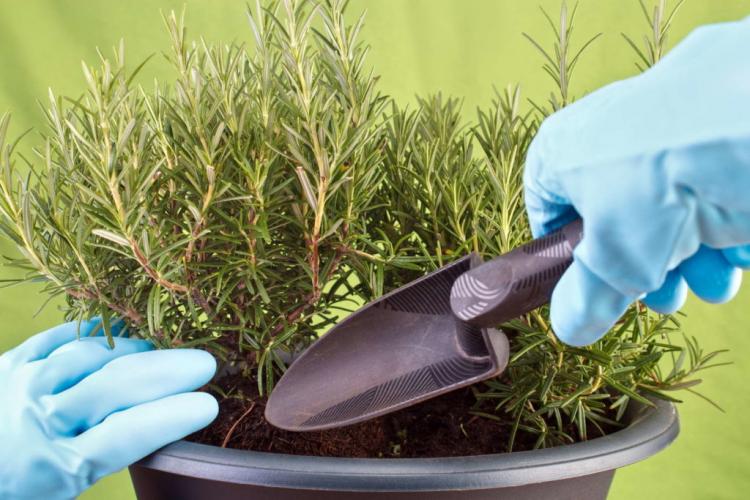
Tip 6: save water
Watering is like fertilizing: the rosemary doesn’t need much. The rosemary should only be watered regularly in longer dry phases, otherwise, the Mediterranean plant can do without water from the watering can. Rosemary, on the other hand, is sensitive to too much water. Unfortunately, the shrub doesn’t get waterlogged at all. Before each watering should therefore be checked whether the soil around the rosemary is well dried out. If this is not the case, the time for more fluids has not yet come.

Tip 5: the right cut
The rosemary should have a maintenance cut at least once a year. Otherwise, it will grow over your head in the truest sense of the word. Some varieties can eventually reach a stately height of two meters. Furthermore, the bouquet grows apart very much without being cut and becomes lanky. To keep it compact, it can be trimmed a little in spring. Even heavy lignification, which rosemary likes to tend to, is weakened by regular pruning.

Tip 4: frosty times
Although rosemary is frost-resistant down to a temperature of -10 ° C, the heat-loving plant often does not survive the winter in Germany without help. Rosemary has the best chance of wintering indoors. You can find out more about wintering your rosemary in our special article on rosemary care. In a dry room with a temperature of 4 to 12 ° C, the rosemary can persist until the next spring.
You might so like: Harvesting And Storing Of The Coriander
The room must be illuminated by sunlight, after all, rosemary is an evergreen plant. If the plant is to overwinter in the garden, measures must also be taken. The plant should be covered about 40 cm with dry leaves, brushwood, or spruce branches to protect against frost. Nevertheless, enough air must be able to get to the rosemary. Large plants with well-developed roots tend to cope with winter better than cuttings or weakened plants.

Tip 3: Get out of the garden
If the rosemary is big and strong, it can finally be harvested. After all, it’s not just a decoration in the flower bed, it also tastes great. As a rule, the rosemary can be harvested all year round, so that fresh herbs are always available. When harvesting, the individual leaves can be plucked off or the entire tip of the shoot can be cut off with a sharp knife. By the way, the right time for harvest (from the garden) is late morning or after a few days without rain. Even if one might suspect it, this has nothing to do with superstition, but actually matters. This ensures that the needles are as dry as possible. If something is left over during processing or needs to be dried, the risk of mold growth is reduced and the herbs remain more aromatic.

Tip 2: A pleasure not just fresh
If you don’t always want to run into the garden to get fresh rosemary, you can simply dry the aromatic plant. Do not use damaged needles for this, as they lose their aroma. Spread the good leaves out on a tray lined with kitchen paper. Regular turning and a well-ventilated, room-warm place will do the rest. You can tell whether the rosemary is really dry by the fact that the needles rustle and crackle when crushed. The dried needles should be stored in glasses, tin cans, or porcelain. In no case should they be stored in plastic – this will adulterate their beautiful aroma.

Tip 1: a real all-rounder
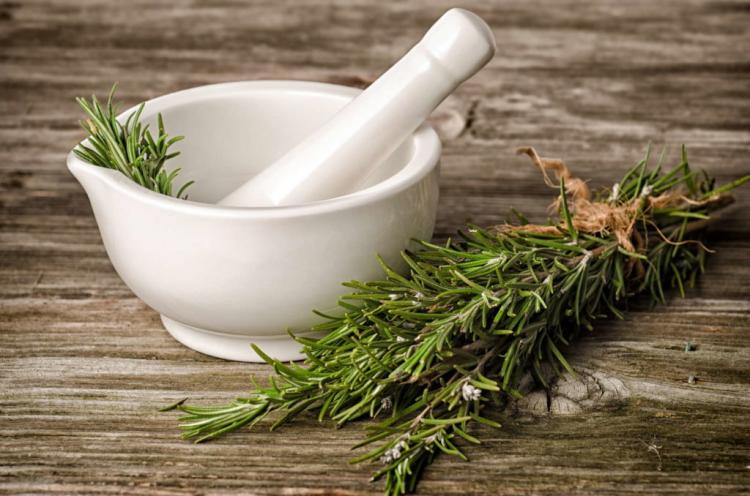
The rosemary is only suitable for the kitchen? Thought wrong. In addition to smelling and tasting good, this herb has other properties. The essential oils, which are mainly found in the leaves, are true miracle weapons in home medicine. They help with gas and bloating, for example, which makes them ideal for seasoning hearty dishes. A bath with the oil can also provide relief for sore muscles or circulatory problems. Women even benefit in two ways: Rosemary can not only relieve menstrual cramps but also help with menopausal symptoms. But be careful: we strongly advise against using rosemary during pregnancy.
You might so like: Overwintering Basil: Instructions And Tips For Pots And Beds
